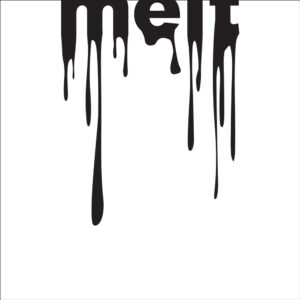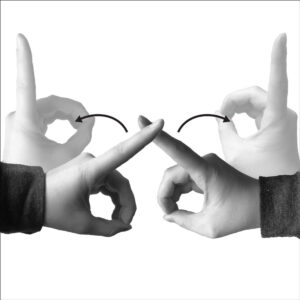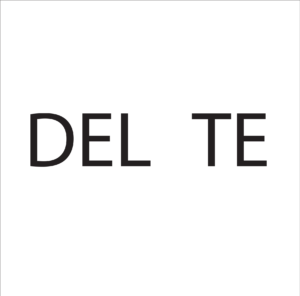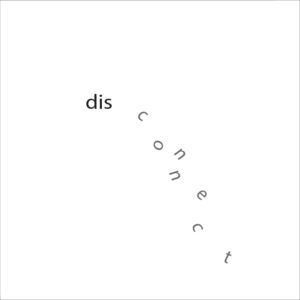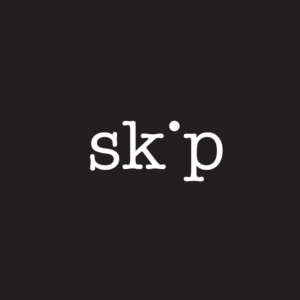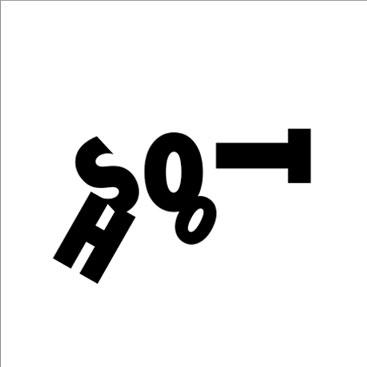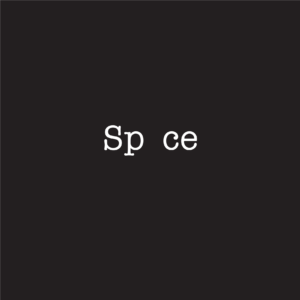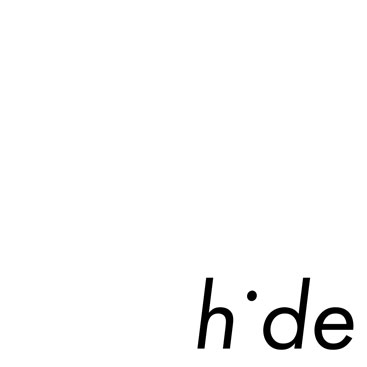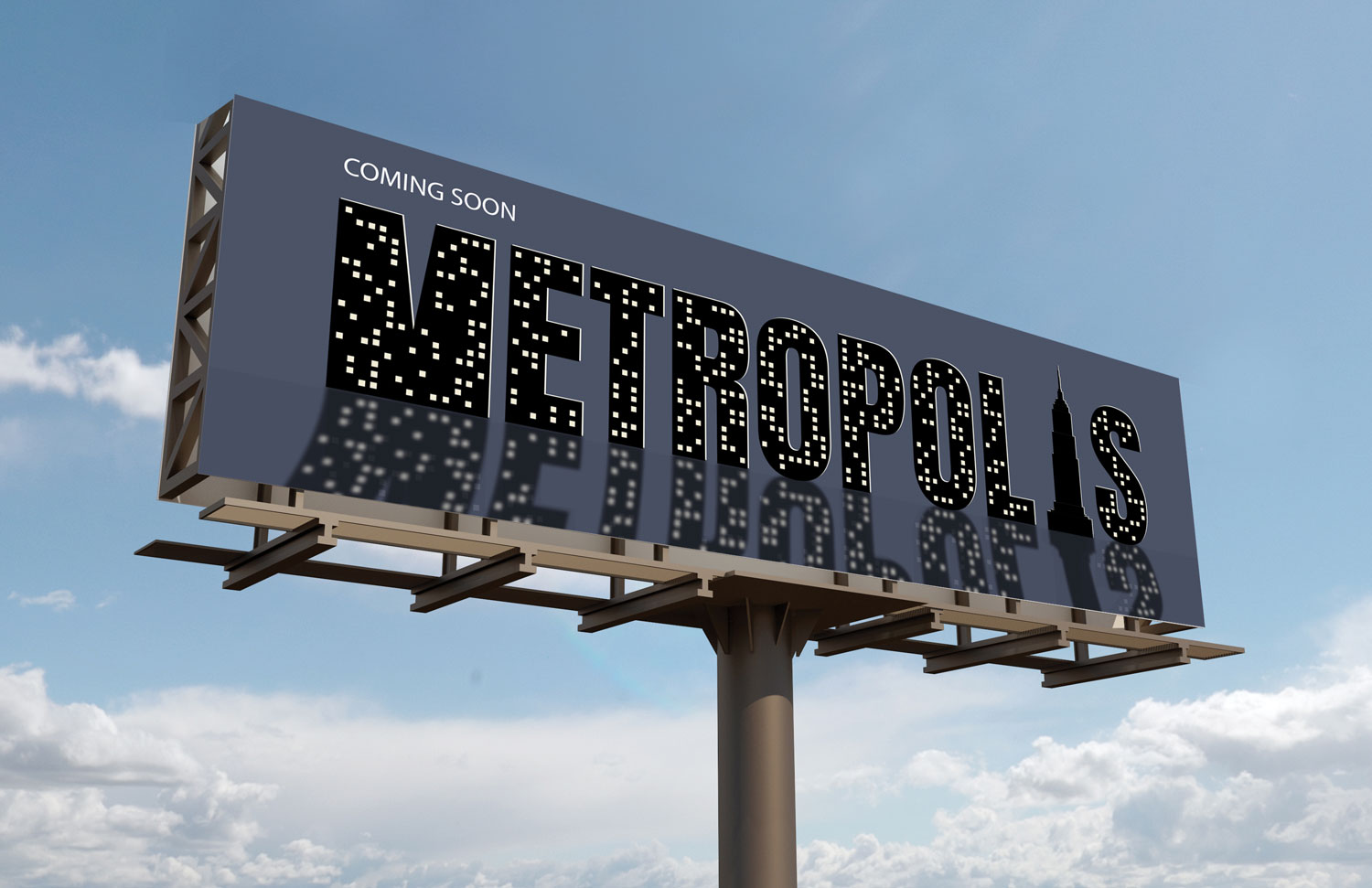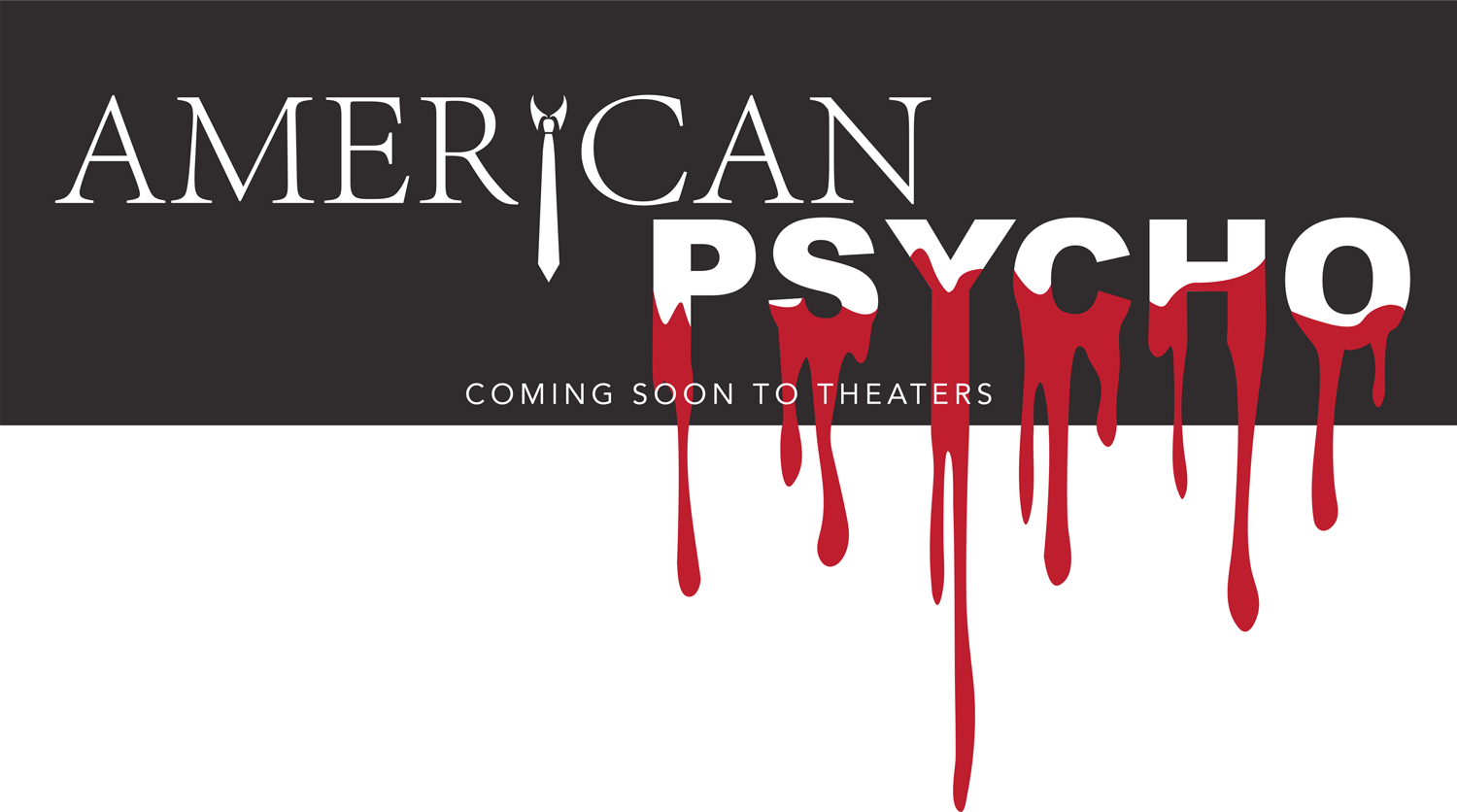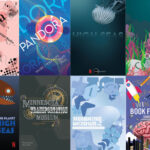The following examples of student work are from an expressive word assignment from two undergraduate programs in graphic design, the Montserrat College of Art in Beverly, Massachusetts, and the University of Minnesota – Duluth. Students completed these assignments during their first year within their respective major. This assignment is also part of their introduction to learning the basics of typography and its context within various design processes.
Everyone uses typography for the better part of their existence. We all have been learning the rudimentary aspects of type since our early childhoods. It begins with the act of holding an instrument in our hand and making a mark on an available surface (usually on the preferred one of their parents’ home). The intent may not be the creation of a letterform, but like our ancestors so very long ago, it is a mark of our presence here on this earth.
This type of assignment, which involves the manipulation of letterforms, offers an opportunity to create a dialogue with students about the historical aspects of our language and the history of our alphabet. How did our letters come to be? How did the letter “A” ever evolve into the form we know today?
One can trace the history of the Arabic letter A back to Egyptian hieroglyphic writing (1) and the symbol for the ox. This symbol gave way to early Semitic writing at about 1500 BCE on the Sinai Peninsula (2). About 1000 BCE, in Byblos and other Phoenician and Canaanite centers, the ox sign became more linear (3) and looks like another of our current letters in the English alphabet. The name of the letter A in Phoenician and the Semitic language resembles the Hebrew name aleph meaning “ox”. Upon the ascendancy of Greek civilization, the Greeks used the sign for the vowel a, changing its name to alpha. The Greeks used several forms of the sign, including the ancestor of the form that we are familiar with today (4). The Romans incorporated this sign into Latin. The English, whose language was influenced from Latin, first took the shape of the small a in Greek handwriting (5) and made it similar to the present capital letter. About the 4th century CE this was given a circular shape with a slanted projection (6). This shape was the parent of both the English handwritten character (7) and the printed small a (8).
The history of many of our letters come from certain meanings and sounds and then became marks which developed into symbols and letters. The history of all out letters is a connection between the verbal and the visual.
Typography can be used to visually enhance verbal aspects of words and text. In typography class, students are asked to explore the interaction between the look of a word and what type says. In a professional environment designers may be asked to explore the visual aspects of a company name or an organization. This exploration and investigation of the aesthetic form is the seed of branding and visual identities. For the visual identity of an organization to succeed, a balance is looked upon between the visual and verbal aspects of its name. Visual results may offer a greater resonance than its simple pronunciation. The visual language does all the talking. This expressive word assignment asks the students if typography can speak louder than words.

